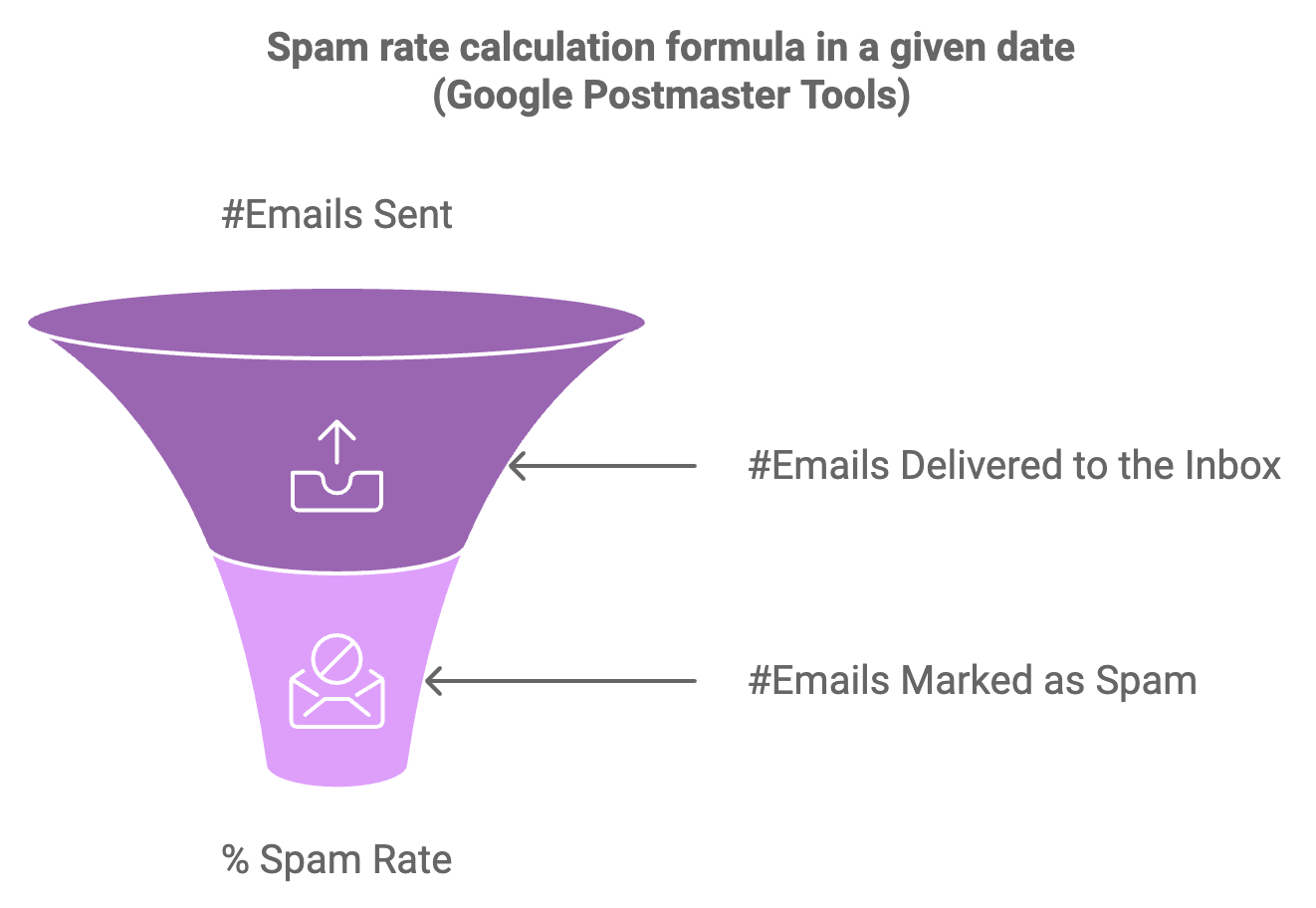Are your email campaigns struggling to reach inboxes? A poor sender reputation can significantly affect your email deliverability, leaving your messages to languish in spam folders. But with the right approach, you can rebuild trust and ensure your emails make it to your audience’s inbox.
In this guide, I’ll walk you through a proven, step-by-step plan to restore your sender reputation. By leveraging safe, data-driven strategies, you’ll improve open rates and maximize the overall effectiveness of your email marketing campaigns.
In the last Sunday, my wife Jane, two friends, Lia and Danilo, and I completed a 5K race (Summer stage of the 2024 Circuit of Seasons). Danilo and Lia are already veterans (congratulations, Danilo, on your elite pack time!), but for Jane and me, it was a great achievement, the result of weeks following a progressive training plan.

In training, we started slow, alternating walks and short running periods, and progressed to running for long periods with confidence.
While running, I realized how this plan is similar to recovering sender reputation in email marketing. Both require planning, consistency, and patience to achieve the best results.
In this post, I’ll show you how to avoid spam and improve your email deliverability with a structured and safe plan.
Why is Sender Reputation Essential in Email Marketing?
Think of sender reputation as the endurance of a runner. Just like stamina determines how far a runner can go, your email reputation score dictates whether your emails land in your audience’s inbox or get flagged as spam. Improving your email deliverability starts with rebuilding this critical trust metric.
If your reputation is low, email providers start treating your messages with suspicion, which can result in blocks or inconsistent deliveries.
How to Check Email Sender Reputation
Before you begin improving your sender reputation, it’s essential to understand your current standing. Monitoring tools like Google Postmaster, MXToolbox, and Sender Score can help you check your email reputation score. These tools provide insights into your domain’s performance, flagging potential issues like high bounce rates or spam complaints.
Regular checks allow you to identify problems early, ensuring you can adjust your email deliverability strategy proactively.
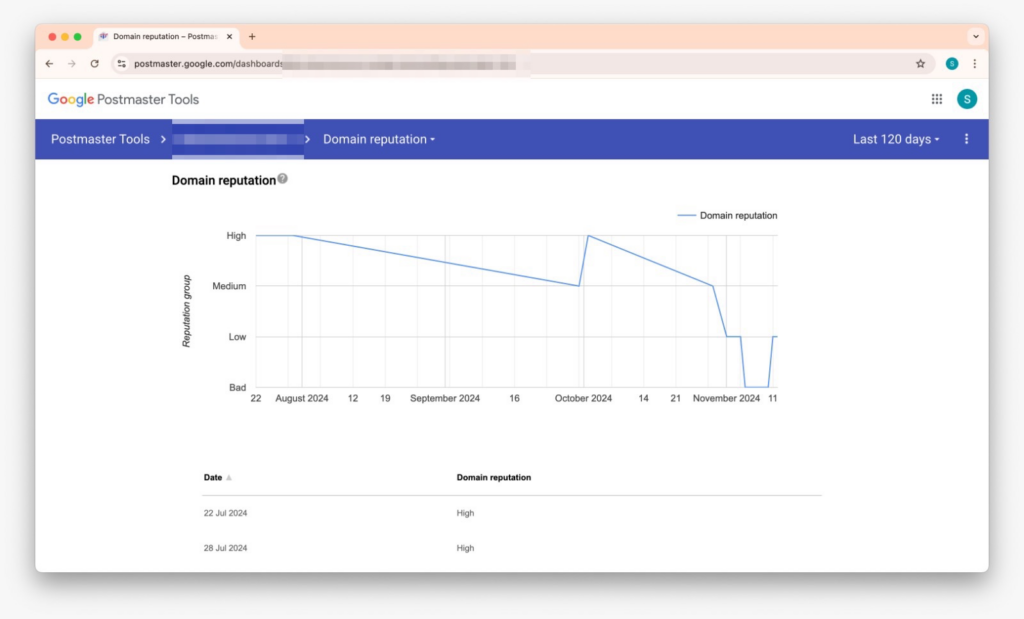
Has this happened to your campaigns? The impact is clear: open and click rates drop, hurting your email marketing performance.
But what leads to a bad reputation? Usually, this happens when:
- Brands send emails to large volumes of inactive contacts.
- There’s no consistency in sending, which generates distrust in providers.
How to solve this? By adopting a progressive plan that rebuilds trust with email providers. Are you ready to discover how to implement this strategy?
Progressive Plan to Recover Sender Reputation
Just as we followed a running plan to complete the 5K, your reputation recovery strategy should be divided into progressive stages. Let’s draw this parallel:
Week 1: How to Check and Start Improving Your Sender Reputation
- Training: Predominant walking with short running periods (1 minute running, 4 walking).
- Email Deliverability Tip: Set up Google Postmaster Tools and start by sending emails only to your most engaged subscribers—those who opened or clicked in the last 30 days. This progressive strategy helps rebuild trust with providers and improves your email reputation score.
- Why? This minimizes rejections and signals to providers that you’re focused on genuine interactions.
Week 2: Gentle Increment
- Training: Increase to 2 minutes of running and 3 of walking.
- Email Deliverability Tip: Gradually include reliable subscribers, such as those who interacted in the last 60 days.
- Why? A controlled volume increase allows you to expand sends without compromising your reputation.
Week 3: Increasing Endurance
- Training: Extend running time (3 minutes) and reduce breaks (2 minutes).
- Email Deliverability Tip: Expand sends to include contacts who opened or clicked in the last 90 days.
- Why? This is the time to build consistency, ensuring older contacts are still engaging.
Week 4: Continuous Running
- Training: Increase to 4 minutes of running and 1 of walking.
- Email Deliverability Tip: Send to larger lists, including contacts who interacted in the last 120 days.
- Why? With your reputation stabilized, you can increase intensity without risking.
Week 5: Increasing Volume with Reputation Control
- Training: Continuous 10-minute run, with short walking breaks.
- Email Deliverability Tip: Combine segmented sends (to engaged) with tests on older contacts; closely monitor metrics like open rate.
- Why? You’re almost ready for larger campaigns, but can still adjust strategies based on tests.
Week 6: Final Preparation for the Event
- Training: Almost continuous running, with brief pauses for adjustments.
- Email Deliverability Tip: Launch broader and specific campaigns, like seasonal offers or big promotions.
- Why? Now you’re prepared to engage most of your base with confidence.
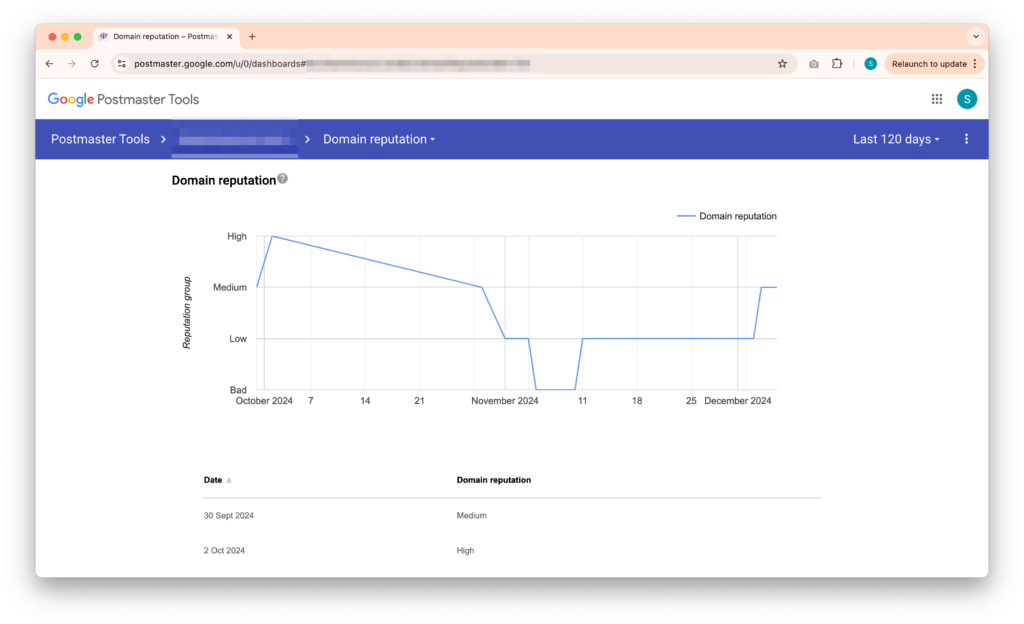
Additional Tips: How to Prevent Your Emails from Going to Spam
Initial and Final Sends: Warm-up and Cool-down in Email Marketing
- Training: Crucial to avoid injuries.
- Email: Start with small sends and finish campaigns with a smooth transition to maintain consistency after larger campaigns.
Stretching and Rest
- Training: Ensures muscle recovery.
- Email: Take breaks between campaigns and monitor your metrics to avoid overloading your base or infrastructure.
Hydration and Nutrition: List Hygiene, the Essential Nutrition for Your Email Base
- Training: Maintains energy throughout the journey.
- Email: List hygiene practices, such as removing invalid or inactive contacts, ensure your base is “nourished” and healthy.
Other Tips
- Email providers like Gmail use rigorous standards to evaluate senders. Check out Google Postmaster Tools’ Sender Guidelines to improve your reputation.
- See this ActiveCampaign article to understand how spam filters work.
- To learn more about improving the relevance and effectiveness of your email marketing campaigns, check out this article on best practices for optimizing marketing emails.
Less, But Better: Strategies for Quality Email Marketing
Would you prefer to send emails to a huge but uninterested list, or to a smaller, highly engaged group? What would your ideal strategy be?
The motto of the stage we participated in was: “Less, but better”: due to the heat, only the 5km and 10km courses were held (13km, 15km, and 18km were left out).

This philosophy is also a powerful mantra for email marketing.
In the digital world, it’s easy to fall into the trap of wanting to reach as many people as possible, believing that volume brings results. However, real impact comes from quality.
Just like in running, where each well-planned step is more effective than running too fast without preparation, in email marketing, it’s more efficient to focus on a few highly engaged subscribers than trying to reach a large and uninterested base.
Adopting the motto “less, but better” means prioritizing relevance:
- Send emails that really interest your audience, increasing open and click rates of your email marketing.
- Focus on subscribers who have already shown interest (your “engaged runners”), building a stronger relationship.
- Avoid wearing out your reputation with inactive contacts that can generate rejections, spam reports, and compromise deliverability.
In the end, quality is what strengthens sender reputation, just as good technique strengthens a runner. With consistency and focus on what really matters, you’ll be closer to crossing the finish line in your audience’s inbox, generating better results with less wasted effort.
How to Avoid Spam and Recover Sender Reputation in Email Marketing: Conclusion
The 5K race taught us the importance of planning, discipline, and progression. Recovering sender reputation in email marketing follows the same principles.
Follow a progressive plan to restore your credibility with email providers. Here are the essential steps:
- Send emails to engaged contacts: Prioritize subscribers who interacted with your emails in the last 30 days to minimize rejections.
- Gradually increase volume: Expand sending to older contacts as your reputation improves.
- Monitor deliverability metrics: Track open rate, click rate, and bounces to adjust your strategy.
- Clean your list regularly: Remove inactive contacts and ensure your base is healthy.
By applying progressive and consistent strategies, maintaining focus on metrics like open rate and click rate, you’ll achieve better results and build a solid relationship with your audience.

Completing the 5K run was an important milestone for Jane and me, a partnership effort and something we celebrate with great pride. Celebrations like this not only motivate us to continue but also help us value every step of the journey.
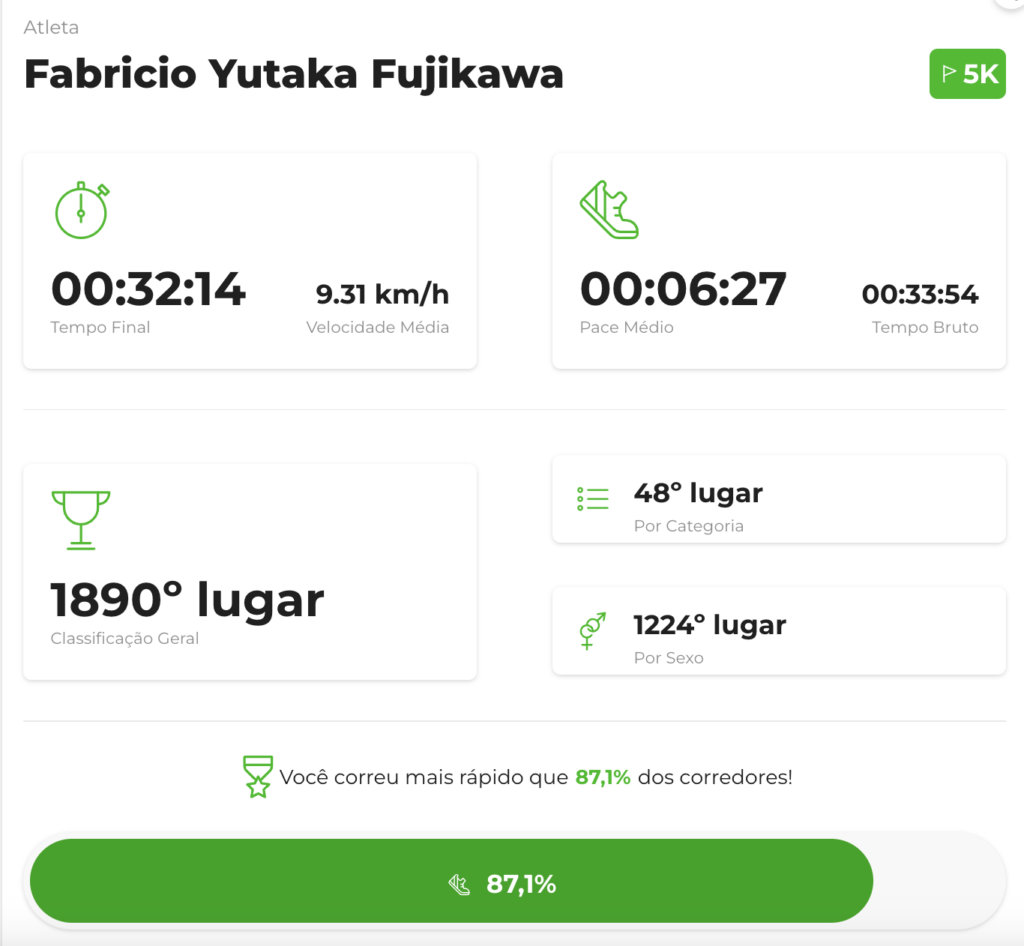
In email marketing, celebrating your “5K” is equally essential. It could be a good open rate, a high-converting campaign, or even the recovery of your sender reputation. Each achievement, big or small, is a reflection of your effort and planning.
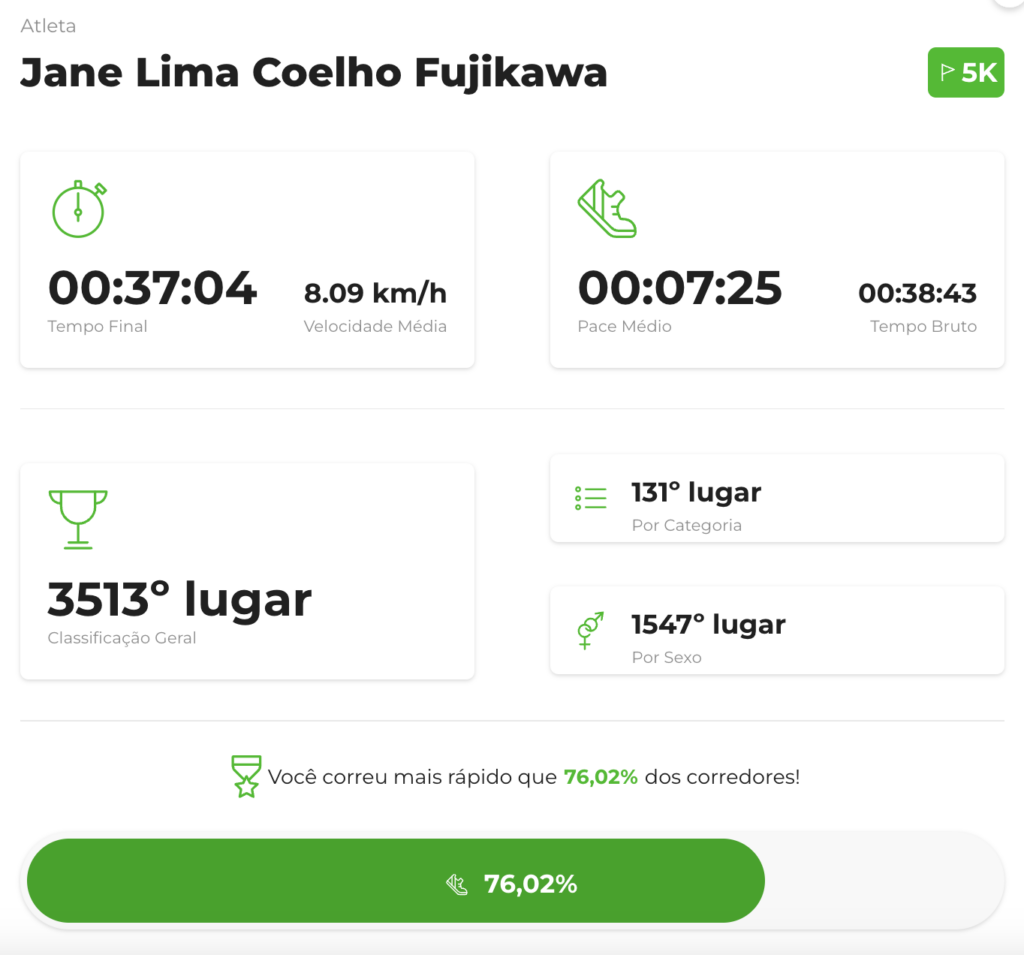
These celebrations reinforce the sense of progress and help keep your team motivated to reach new goals — like completing the “marathon” of consistent inbox delivery!
What did you think of this analogy? Write in the comments!
Want to learn more about email marketing strategies? Follow our #EmailEssence series. Together, we’ll transform your communication into a true success marathon!
Are you struggling with email deliverability or looking to improve your sender reputation? If you have a list with over 5,000 subscribers, contact us to check your email sender reputation and learn how to restore your inbox performance.
P.S. Disclaimer – Some links I share are affiliate links. You won’t be charged extra for clicking and buying through them, but I may receive a commission. I only endorse websites and products I trust and use personally.
P.P.S. In my journey working with email deliverability, one of the most interesting businesses I’ve encountered was Go Running Tours. If you’re in the B2B market and enjoy sports activities, especially running, it’s worth checking out Go Running Tours. By the way, through Lena Andersson, the CEO, I met one of the top experts in the field and a great reference for me, Bobby Jimenez.


